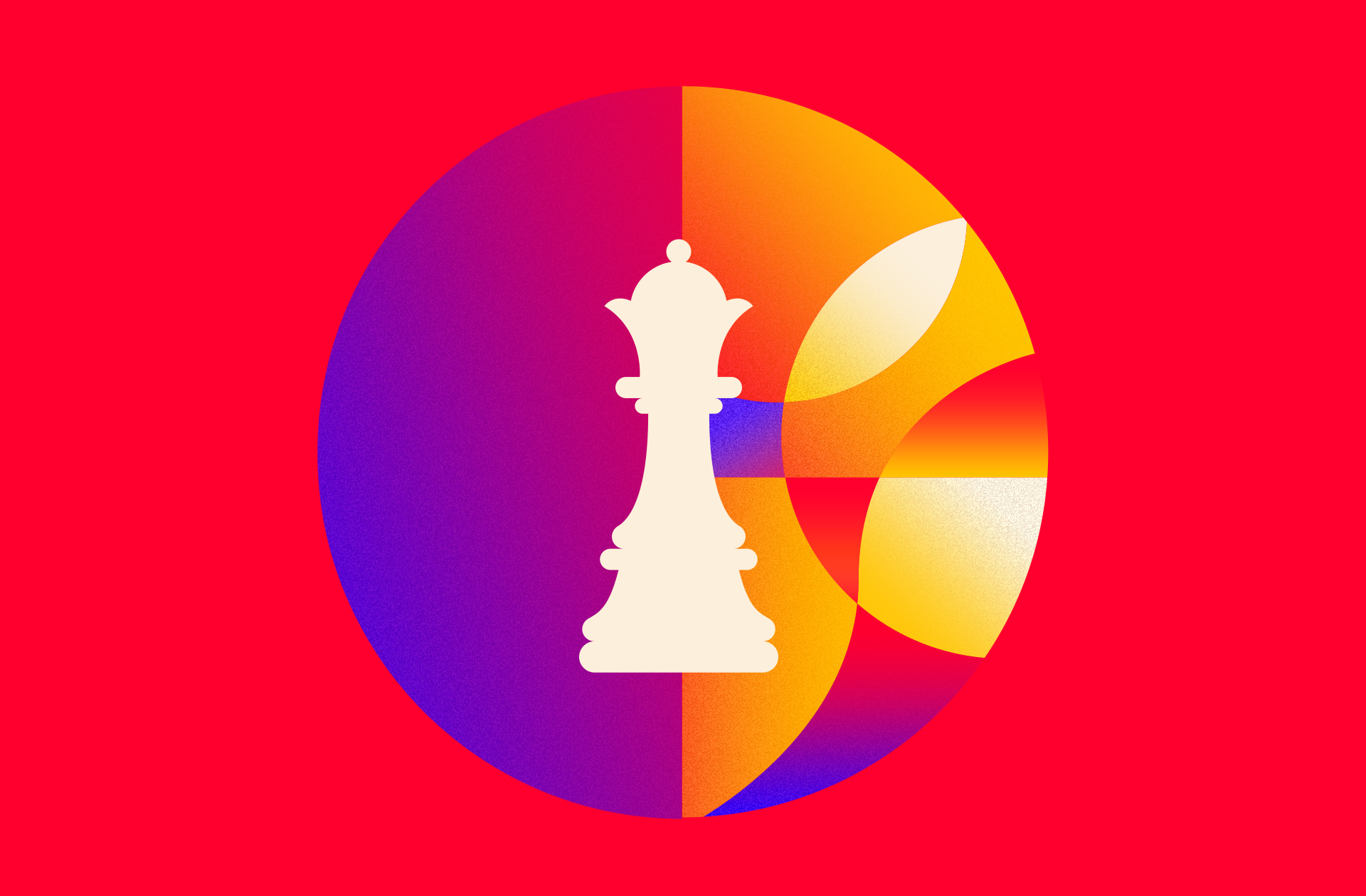There’s no question that content marketers need a content marketing strategy. It’s a crucial blueprint to inform decisions and help you determine if your efforts are working. However, many brands struggle to make their content strategy work. In our experience, those brands are usually dealing with one of the following issues:
- They don’t have a strategy (or it’s not documented). According to the Content Marketing Institute’s 2019 B2B Content Marketing report, only 39% of marketers have theirs documented.
- They don’t have a complete strategy. They don’t have all the info they need, or there are blind spots in their planning.
- They don’t have the skills, knowledge, or resources to implement the strategy. They often underestimate their abilities and thus deal with bottlenecks or burnout.
If any of these issues are familiar to your brand, don’t feel bad. It takes a lot to keep a content machine up and running (which is why many are intimidated to try it at all). Luckily, having helped plenty of brands correct course, we know what it takes to make a content strategy work well, so we’ve compiled our ultimate content strategy checklist to keep you on track.

Your Content Strategy Checklist
From team support to the right tools, there are plenty of big and little things that can help or hinder your content strategy’s success. Here’s everything you need to make sure your content strategy works well, including our best tips and handy templates.
First, Get Your Insights
A good content strategy requires good research, data, and insights to know where you’re at and where you’re trying to go. Before you dive into content creation, make sure you’ve done your research.
- Goals and definitions: Every content strategy starts with goals. You need to know what you’re trying to achieve first, then figure out the steps to support those goals. To create a comprehensive strategy, use this free content strategy template, which outlines every question you need to ask yourself.
- Measurement methodology: Once you know goals, you need the KPIs, projections, and metrics to figure out whether your content is working. Here’s how to use metrics to strengthen your content strategy.
- Buyer’s journey: Your content should deliver the right message at the right time. Make sure to map your buyer’s journey to figure out how to move people from one stage to the next.
- Personas: You need to know who you’re trying to reach so you can tailor the right message accordingly. Learn how to create personas to vet your ideas more effectively. (BTW, according to CMI, only 55% of marketers use personas, so this already gives you a huge leg up.)
- Channel opportunities: You want your content to reach people through the right channels, so identify those before you start creating it.
- Storytelling opportunities: Every piece of content you create should support your brand story in some way. Identify the themes, topics, or categories that you’ll cover.
- Keyword strategy: To maximize your SEO, identify target keywords (based on your storytelling themes) up front.
- Media planning: Different content requires different placement, so consider the type of media buys you’ll need to make.
- Budget: One of the secret benefits of a content strategy is that it helps you plan, prepare, and better allocate your budget—beforehand. Consider how you’ll distribute it (and how you can use it most efficiently).
Next, Assemble Your Team
You can’t implement your content strategy without the contributions and support of your content team. Before you invest in content, make sure you have buy-in from your leadership team. Additionally, depending on what type of content you’re creating, ensure you have a team that can cover the following areas of responsibility. (The good news is you don’t have to hire all these people. One person can cover several roles.)
- CMO
- Marketing manager
- SEO expert
- Managing editor
- Writer
- Copyeditor
- Subject expert
- Designer
- Developer
- Email marketer
- Social media manager
Set Up Your Infrastructure & Tools
Simple oversights and weak systems can easily sabotage your content strategy. That’s why you need the skills and infrastructure to help you do things efficiently and effectively.
- Editorial calendar: To publish consistently and keep your team on the right schedule, keep an up-to-date editorial calendar. (FYI, we’re fans of CoSchedule.)
- Production process: One of the biggest reasons people fail in content marketing is because they don’t have a solid production process in place. Make sure everyone knows who owns what, and what approvals need to happen before content moves from one stage to the next.
- Tech stack: Different content requires different tools, infrastructure, software, and capabilities. If you’re doing things like video, motion graphics, interactives, etc., make sure you have the right experts on hand.
- Tools: Bookmark these 50+ tools to help you at every stage of the content marketing process.
- Search Engine Optimization: Ensure all of your owned properties are optimized for maximum exposure, including your website, blog, and content (e.g., infographics, articles, etc.).
Craft Your Content
Once you dive into content creation, keep the following in mind to help you create the best content possible.
- Ideas: Use your personas to vet your ideas, and help your team brainstorm creative ways to tell your brand story, starting with these 9 prompts.
- Brand guidelines: You tell your brand story in many ways, including the way you sound and speak. Make sure you have a comprehensive brand style guide that provides direction for any content creators. And if you haven’t fleshed out your identity, here’s a step-by-step guide to create a brand identity, as well as our ultimate visual identity checklist and 7 questions to help you find your brand voice.
- Messaging: In addition to your brand voice, you need to communicate a cohesive and consistent brand message at every stage of the buyer’s journey. Try this brand messaging framework to help you communicate more efficiently.
- CTAs: Ideally, you want people to take action after consuming your content. Make it as easy as possible for them to do so with clear CTAs, whether it’s an email signup, e-book download or video.
- Maximize content: Try a divisible content strategy to get more mileage out of the content you create, and look for opportunities to repurpose existing content like infographics, e-books, data visualizations, etc.
Create Your Distribution Plan
You can create the best content in the world, but if no one sees it, it won’t help you achieve your marketing goals. Thus, there are a few things you need to ensure you get eyes on your content.
- Distribution strategy: Find out how to craft a content distribution strategy in 6 steps.
- Metrics: Make sure you’re monitoring the right metrics (including social media metrics) to track your progress.
Keep Your Content Strategy Fresh
Your content strategy isn’t set in stone. It’s an ever-evolving entity. Going forward, we recommend reviewing your strategy once a quarter to ensure your goals are still relevant and your efforts are effective. You should also stay up-to-date on best practices. For more on that:
- Try our team’s best tips on how to be a better content marketer.
- Find out what you can learn from LinkedIn’s content strategy.
- Make sure your content strategy and brand strategy are aligned.
And if you need a little support in any area of your content strategy, find out what to look for in a content agency or hit us up.





